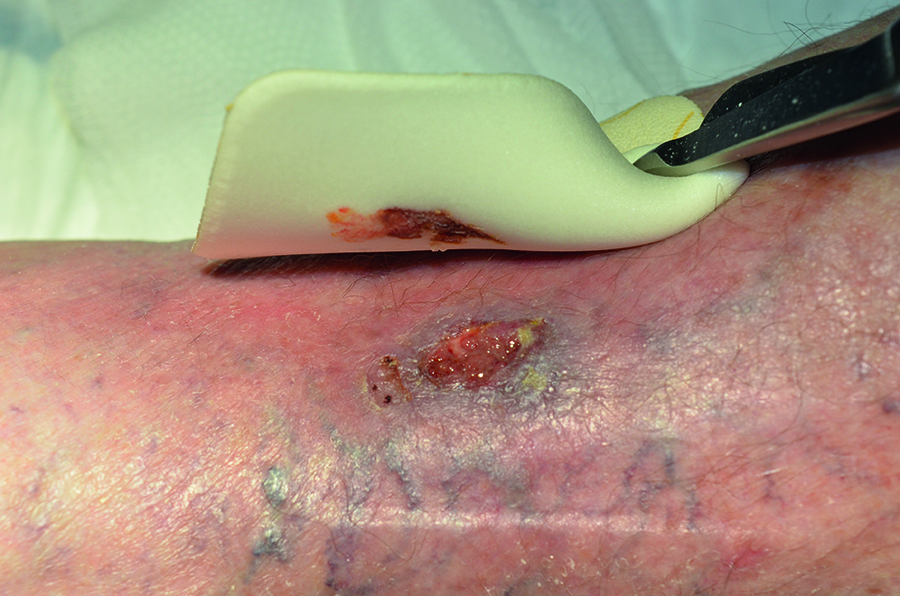Get full access with a free account
Benefits of the Coloplast® Professional Educational platform
Get full access to all educational content, events and resources
Track your progress
Share content with your collegues
Share supporting material with your patient
When should I use a foam dressing?
Foam dressings are some of the most widely used dressings in healthcare.1 They provide moist wound healing, and help you manage exudate. You can use foam dressings on:
- low- to high-exuding wounds;
- partial- or full-thickness wounds; and
- acute and chronic wounds; and
- Pressure injuries1
Foam dressings come in a variety of sizes, shapes and formats.1 This means you can use them:
- as primary and secondary dressings;
- on wounds of various sizes;
- under devices such as compression bandages; and
- on differing anatomical positions as well as hard-to-dress areas, such as joints.1
The multi-layered structure of many silicone foam dressings makes them useful as part of a pressure ulcer prevention protocol, as application of these dressings can reduce pressure and shear forces on vulnerable sites. For more information read more about how to use wound dressings to treat pressure injuries here.
What are the benefits of foam dressings?
 Foam dressings offer several benefits in wound care. They:
Foam dressings offer several benefits in wound care. They:
- help manage exudate;
- maintain a moist wound healing environment;
- reduce over-/hyper- granulating tissue; and
- provide a healthy environment for epithelial maturation.1
Foam dressings have other benefits as well. They can provide some cushioning, both as a primary and secondary dressing.2 This can make them more comfortable to wear for your patient. They are also easy to remove, which reduces the risk of skin trauma. And they can provide thermal insulation for wounds.
References
- NHS Clinical Review: Foam Dressings October 2018
- World Union of Wound Healing Societies (WUWHS), Consensus Document. Wound exudate: effective assessment and management. Wounds International, 2019
